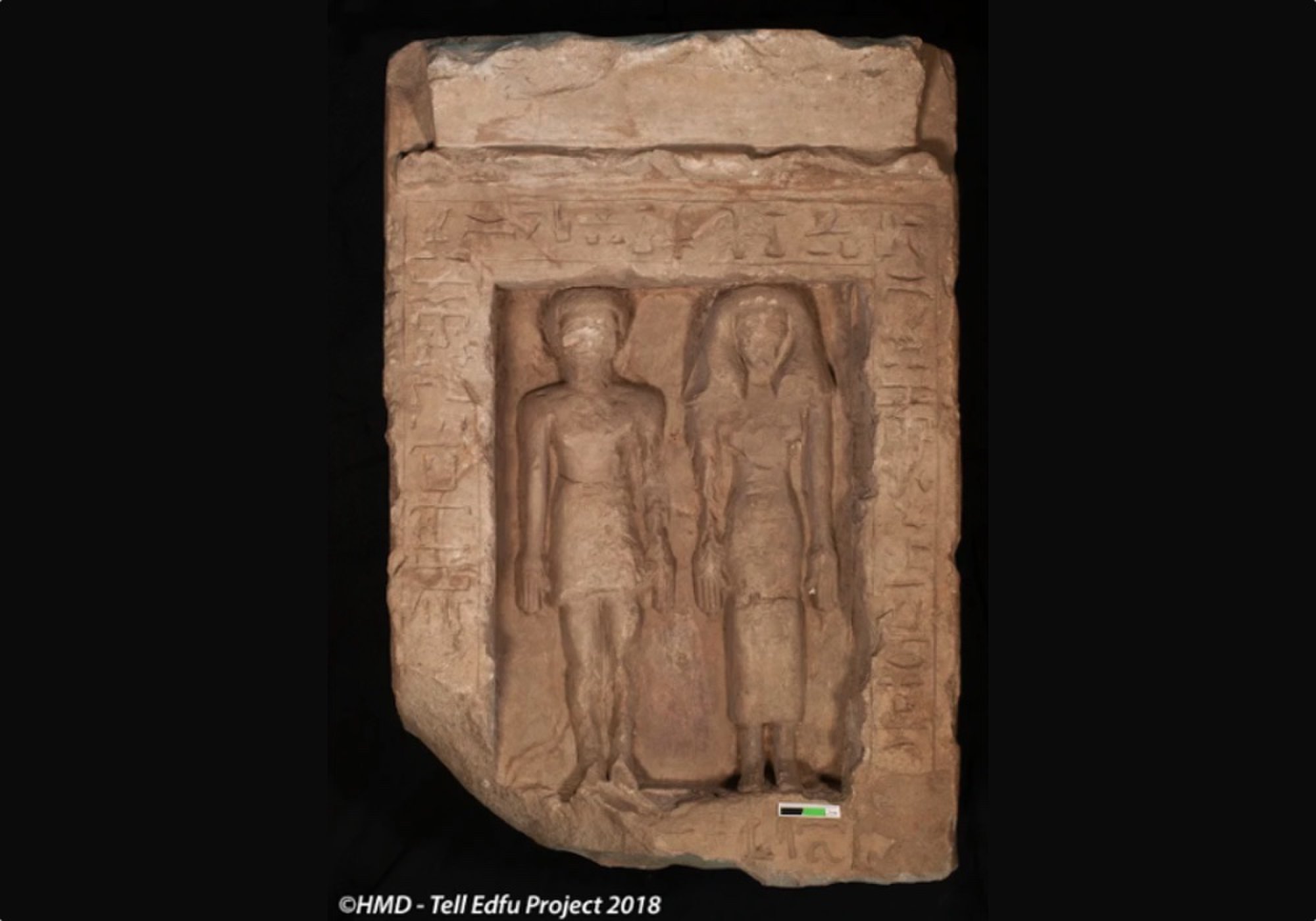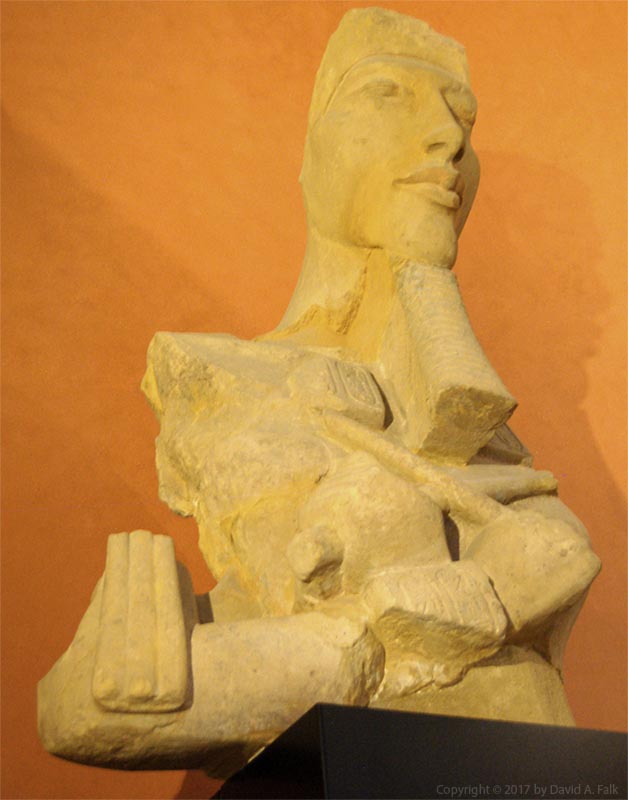I have recently given a lot of thought into the relationship between Atenism and monotheism. Donald B. Redford (1976) described Atenism as after having stripped mythology from Egyptian religion, all that remained “were the concepts of universalism, dependence of life on the sun, transcendence, creativity, cosmic regularity, and absolute power,” concluding Atenism was a monotheism. But was Redford correct?
Amunist theology viewed Amun-Re as the “king of the gods.” However, Atenism denied other divine authority so Aten was simply “the king.” The Aten also held the role of creator and father. But the Aten was not a universal father like the God of Judeo-Christian theology. He only had this paternal relationship with his unique son, the king:
Aten living daily content in the sky,
Your offspring, your august son, Sole one of Re;
The Son of Re does not cease to extol his beauty,
Neferkheprure, Sole-one-of-Re.
I am your son who serves you, who exalts your name.
Lichtheim, Literature, 2:91-92.
The theological implication of this is important. James Hoffmeier summarizes this situation as “the anointing of the king to make him the Son of God.” Kingship in Atenism is the manifestation of the incarnate Aten. The reference to a unique son speaks to a common theme in ancient Near Eastern literature, which is the idea of an offspring that will carry the legacy of the parent. This motif appears in the inheritance laws of ancient Mesopotamia. It also is found in early Israelite thought with the promise of a son to Abraham even though he already had a son in Ishmael. In ancient Egypt, inheritance often was associated with the passing on of a title or occupation as well as property.
Atenism differed from classical Egyptian thought in the belief of creation. Traditional Egyptian belief focused upon creation myth as foundational. But Atenism disregarded physical creation altogether while maintaining the Aten as creator. Akhenaten extolled the Aten as the “creator of all, who makes them live, Great Falcon, bright of plume; a beetle who raised himself, he who was self-created, he who was never born.” Atenism accepted the idea of immanence in the act of continuous creation. The substance and breath of the Aten made every living being alive. “You are One, yet a million lives are in you, To make them live <you give> the breath of life to their noses.”
Aten was bidirectionally eternal. That is the Aten was in eternity past the same as he is today and going forward will remain the same. Thus, the answer to the question of origins always centered upon manifestations of the Aten.
This sort of divinity was not quite henotheism in the classical sense nor was it any kind of monotheism
per se. Because Atenism popularized “the One and the Many” theology, Akhenaten’s religious reforms transformed Egyptian religion from a plurality of gods to one deity radiating from a single source incorporating the substance of all other gods. Atenism was the ultimate deconstruction of deity that Amenhotep III had first attempted, carving out of Egyptian religion a monolatrous pantheism.
The preceding preview was an edited extract taken from a book chapter recently submitted to Oxford University Press.

